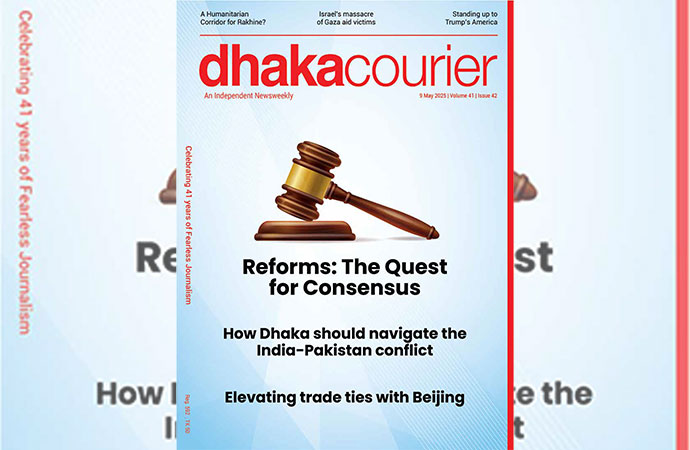Featured 2

freepik
People should take begging more seriously. Given the number of people who are into begging and the various levels of income earned while plying the trade, the role of begging as an activity at par with building apartment buildings has surprisingly escaped serious attention.
Begging as seen by academics
Some people have however tried to do so though they see it linked to extreme poverty. DEEPTIMA MASSEY, ABDUR RAFIQUE and JANET SEELEY, published a paper in India's "Economic and Political Weekly "in 2010 that says some research based findings on begging.
"This paper makes a case for seeing poor people's experiences of begging as a living strategy propelled by poverty, economic insecurity, ill-health and ageing. Using in-depth interviews with men and women from eastern India and northern Bangladesh, it stresses the narrative accounts of the migrants, their tales of travelling to various destinations and the significance of the remittances they earned. Through these accounts, the aim is to show the resourcefulness and agency required to engage in begging. Begging may be necessary to better respond to food and cash hardships in poor landless households in rural settings. It is neither a deliberate act of avoiding work nor an institutional tradition."
Are some regions more prone to begging?
A report in Indian media says that "West Bengal is followed by Uttar Pradesh and Bihar at number two and three respectively. " So why should the seat of India's imperial powers -North India be so poor? And why Bengal, which was the richest province under the Mughals, fell so far behind?
This is good to know but much remains to be done in terms of data finding. It's also true that 15 years back, begging was being trashed as a product of poverty but although rural poverty has significantly declined, begging hasn't. Is it a paid cultural activity which society needs/wants?
There is some evidence in history that begging and alms giving is seen as a linked activity. The link is simple. Giving alms is considered a holy act by both Hindus and Muslims in Bengal. Thus the beggars fulfill a necessary facilitating condition for going to pleasing residential schemes after death.
Some historians even linked the great Fakir -Sannyasi movement of 1760 to this psychology. The British forbade the F-S groups from collecting alms as they saw all revenue from anywhere as their income. On top of that the F-S wore arms and the British felt that this was no--go as arms could lead to violence and the British naturally wanted monopoly over that.
What is even more interesting is that some historians even state that the reason why the peasants rose against the British was about establishing the right to give alms. Thus hundreds died just to keep giving alms. It's an interesting coincidence that the famine of 1770 killed millions and produced the largest supply of beggars in Bengal. Thus while many died from starvation, the cultural tradition was kept alive. That is if one goes by such historians and commentators.
The urban fakir
Because there is no proper research on the urban fakirs, we generally depend on media statements and emotive Op-eds of our shushils to get an idea of the beggars' world. Thus we have no idea of their size, economics and various strategies adopted by them. What we know is going by what the media publishes and they naturally go by the sensational.
What may have happened is that the traditional poverty in Bengal may have helped the tradition kept alive. The beggar is not imagined as helpless but a "rejectionist" of material culture as per some. The mendicant is thus a"social values" warrior of sorts who has rejected material comforts. I was even reminded by a an activist academic that the contemporary beggar is a kind of protest against "neo-liberalism".
It may be so but for all we know it's just guesswork and professional sanctimony.
Strategies for demand management
Not all can be beggars as we know and not all beggars are the same. We know that urban and rural beggars are not the same because the economic environment and scale is so different. Also in rural areas, the real condition can't be hidden but almost all beggars are anonymous in the cities. We know their "call out"/advertisements but don't know if it's true but we also don't care.
As children, beggars did have some social roles as they vested homes and as recipients for charity were expected to pray for a specific cause and reason. For example, I personally remember that my nani paid 5.5 annas to a particular beggar whom she believed would bring my temperature down. It didn't and tests showed typhoid. However, I was given to believe that smaller fevers worked with this rate but not typhoid which required dargahs rates, institutional alms giving if you will.
Research also shows that these shrines take care of the bottom 5% of the elderly whom the family also deserts. So it's both a complex and far reaching issue deserving more attention. The right to charity is a deep belief but as economics improves, such ideas also change. They all deserve more research and understanding.

























Leave a Comment
Recent Posts
Rare folk treasures at risk in ...
Amid the quiet greenery of Ulipur upazila in Kurigram, a humble tin-ro ...
Enayetullah Khan to represent ...
Enayetullah Khan, Editor-in-Chief of United News of Bangladesh (UNB), ...
The tragedy in Ahmedabad touches us all
Asset recovery a key focus; breakthroughs from talks ..
'It'll inspire youths to build Bangladesh they dream ..
UK envoy Sarah Cooke happy with Yunus’ visit to Brit ..